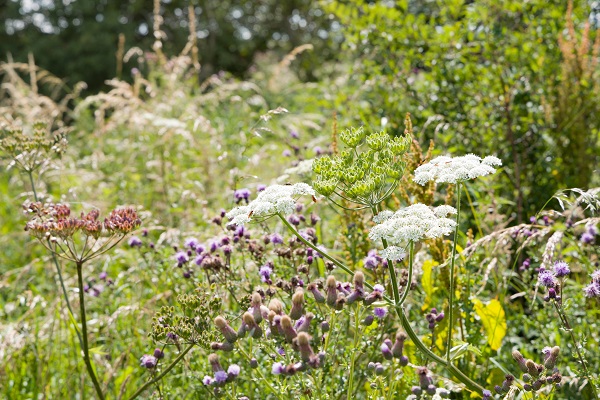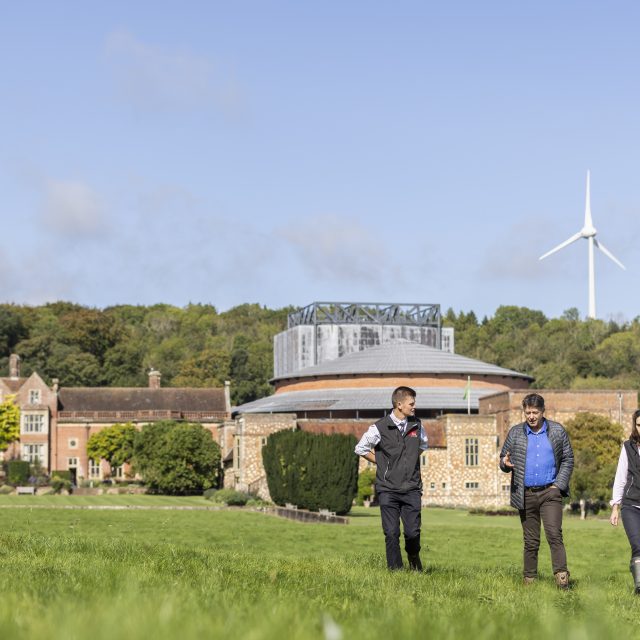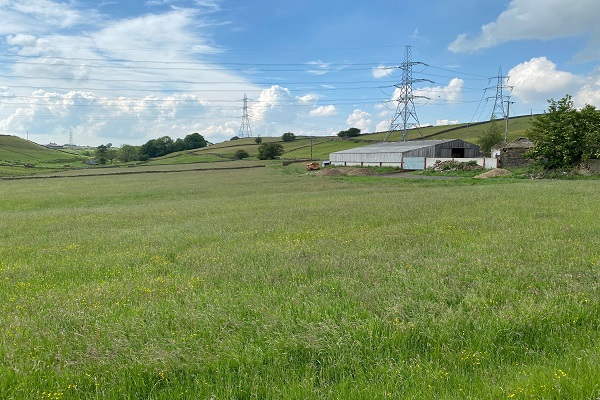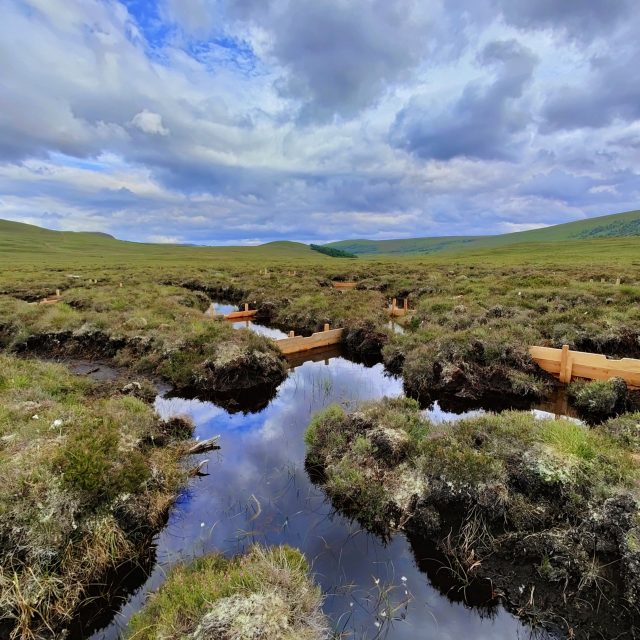Q & A for land managers on Biodiversity Net Gain (BNG)
Many land managers are now aware that there are opportunities to get involved in the emerging Biodiversity Net Gain (BNG) market but still have questions about what is involved and what their first steps should be.
BNG is the creation of a new habitat to offset the destruction caused from a major development, whether it be residential, commercial, renewable, road or rail.
The new habitat must provide a minimum 10% net gain in biodiversity.
The concept of BNG was introduced as part of the Environment Act 2021, with further legislation due in November 2023 enacting BNG into law.
However, some Local Planning Authorities (LPAs) are already enforcing BNG within their own jurisdiction. BNG is measured using the Natural England metric 4.0. A baseline value of the site is required prior to planning permission being granted as part of a ‘BNG’ plan which must be provided to the LPA. Alongside the baseline, the uplift in BNG is also calculated and the difference between both scores of units is the number required for creation and/or enhancement. The habitat is then managed as part of a lease agreement for at least 30 years.
Where can Biodiversity Net Gain be located?
- On-site (units) – delivered through habitat creation/enhancement within the red line boundary of the development via landscaping and/or green infrastructure.
- Off-site (units) – delivered off-site through habitat creation/enhancement, including via habitat banks, with public and private landowners.
- Statutory credits – delivered through large-scale habitat projects with high-value habitats which can also provide long-term nature-based solutions.
Developers can only use off-site land that has been registered on the Natural England Biodiversity Site Register, scheduled to go live in November 2023.
Applications for land to join the registers will take six weeks and there will be a fee for registering land of £100-£1000. In addition to this, all sites that are submitted for registration must do so with a site-specific habitat management plan.
How is Biodiversity Net Gain calculated?
BNG is calculated using Metric 4.0 which allows landowners and developers to firstly calculate the baseline number of units of a habitat, before calculating the uplift/enhancement available or required to meet the 10% mandatory gain.
The difference in these two scores provides the number of units that can be created on the site if you are a landowner or are required if you are a developer seeking to offset.
The metric uses a quality measure which weights the habitat in accordance with its distinctiveness, condition and strategic significance. This has a direct impact on the BNG units that can be created on-site and sourced off-site.
Developers must replace the pre-development habitat with one of equal or greater biodiversity to satisfy requirements. Habitats which pre-development received a high-distinctiveness score on the metric, must be recreated on a like-for-like basis if they are lost or degraded on a development site.
Sites where a habitat has recently been degraded cannot be used for mandatory BNG. If the habitat in question was degraded after 30 January 2020, the baseline should be taken from the evidenced condition of the pre-degraded site. If there is dispute over when it was degraded, for example there is no evidence of a backlog of habitat monitoring, the condition baseline date defaults to 30 January 2020, to prevent site manipulation from developers to meet the number of BNG units required.
The Government estimates there will need to be off-site creation of 6,200 units per annum with a total value of £135 million which equates to £21,774.19 per credit. The range in unit values does vary, not just in the number created per hectare, but also in their financial value. We are seeing the creation of units range between 2 and 6 per hectare and valued at £20,000 – £25,000 per unit.
What are statutory credits?
Statutory credits are determined as the last resort for BNG and will be sold by Natural England on behalf of the Secretary of State at a price set by Defra with values ranging from £42,000 to £650,000 per credit.
A ‘spatial risk multiplier’ will apply which essentially doubles the number of credits required. This additional calculation process is due to be published alongside Metric 4.0 in November once BNG becomes mandatory. The habitats for statutory credits will be measured on the following basis:
- Distinctiveness – measuring the rarity of the habitat and the species richness within a habitat.
- Broad habitat type – describes general habitat, such as grassland or wetland.
- Specific habitat type – describes the habitat in more detail, such as traditional orchards or reed beds.
- Tiers – reflecting the cost and value of different habitats.
Have all LPAs adopted BNG already?
We have established a working plan and accompanying record to identify which LPAs have adopted BNG, the percentage uplift they are enforcing and any further details around their BNG plans.
This information continues to evolve, ranging from those with no BNG adoption, to a plan of what is expected and time frames of implementation, to those already enforcing BNG. We can use this data to aid with advising what potential implications this can have to your holding.
Why are conservation covenants relevant?
A conservation covenant forms a private and voluntary agreement between ‘responsible bodies’ and landowners and will form the framework for BNG legal agreements.
These agreements are characterised by their ability to bind the current owner and subsequent owners to the covenant on the specified area of land, allowing the land to be protected for multiple generations.
What are the key takeaways?
- Landowners: We recommend that landowners ensure baselines are undertaken as a first priority to establish what uplift is available and begin to plan how this can be incorporated within your existing farming business. Alongside this, ensure any plans to enter into BNG are in accordance with your medium to long term plans for the business.
- Developers: Once you identify your sites, undertake baseline assessments as soon as possible to understand what BNG can be delivered on-site and the likely amount required through off-site provision or the purchase of statutory credits.
How can Strutt & Parker assist you?
We offer:
- Baseline desktop reports for landowners, promoters and developers.
- Consultancy on a ‘case-by-case’ basis · Broker deals between landowners and developers.
- Liaise with third-party consultants for both ecological and legal advice.
- Provide Heads of Terms.
- Management of habitats throughout the lease period, utilising our land management, farming and forestry teams.






